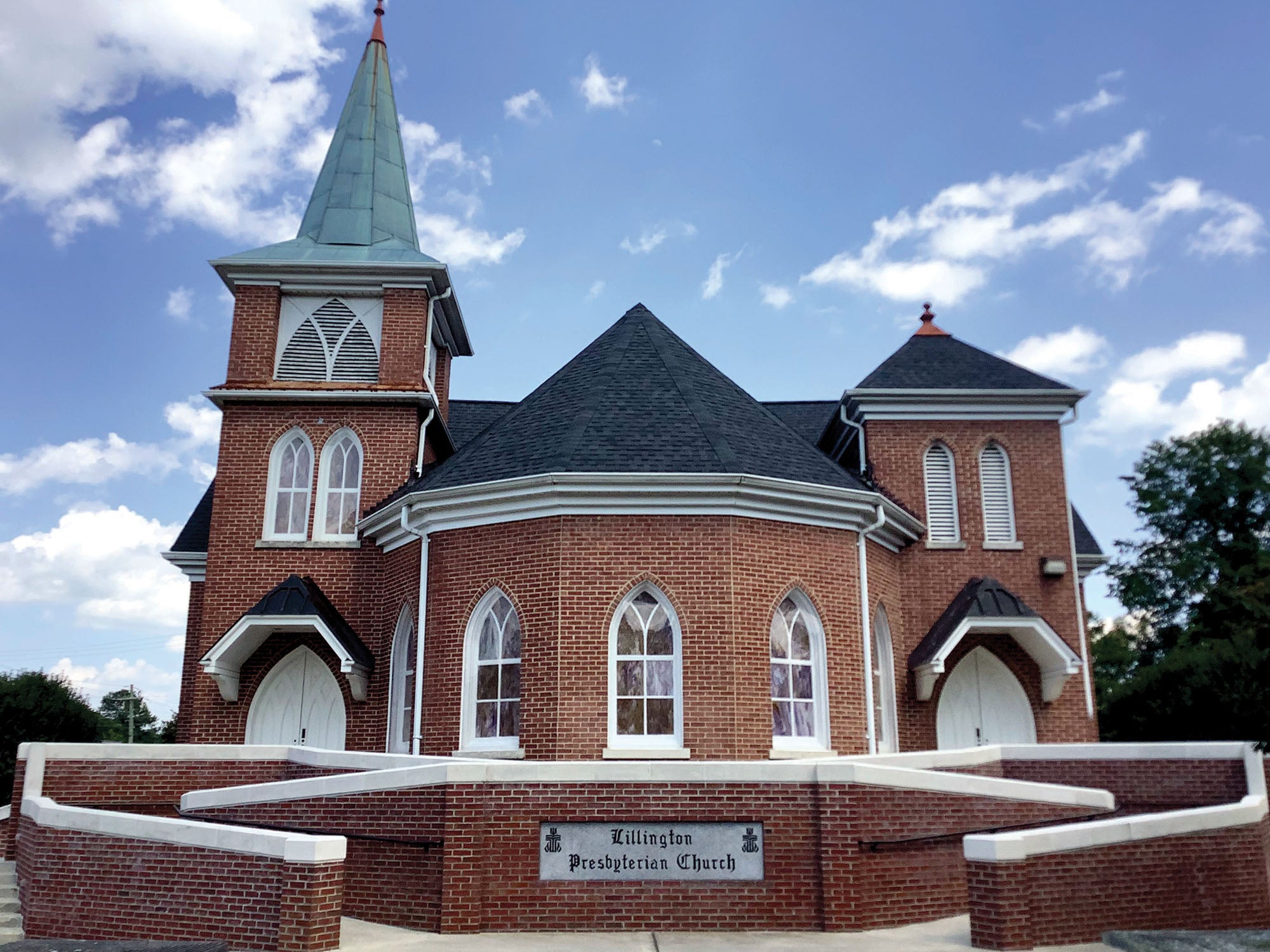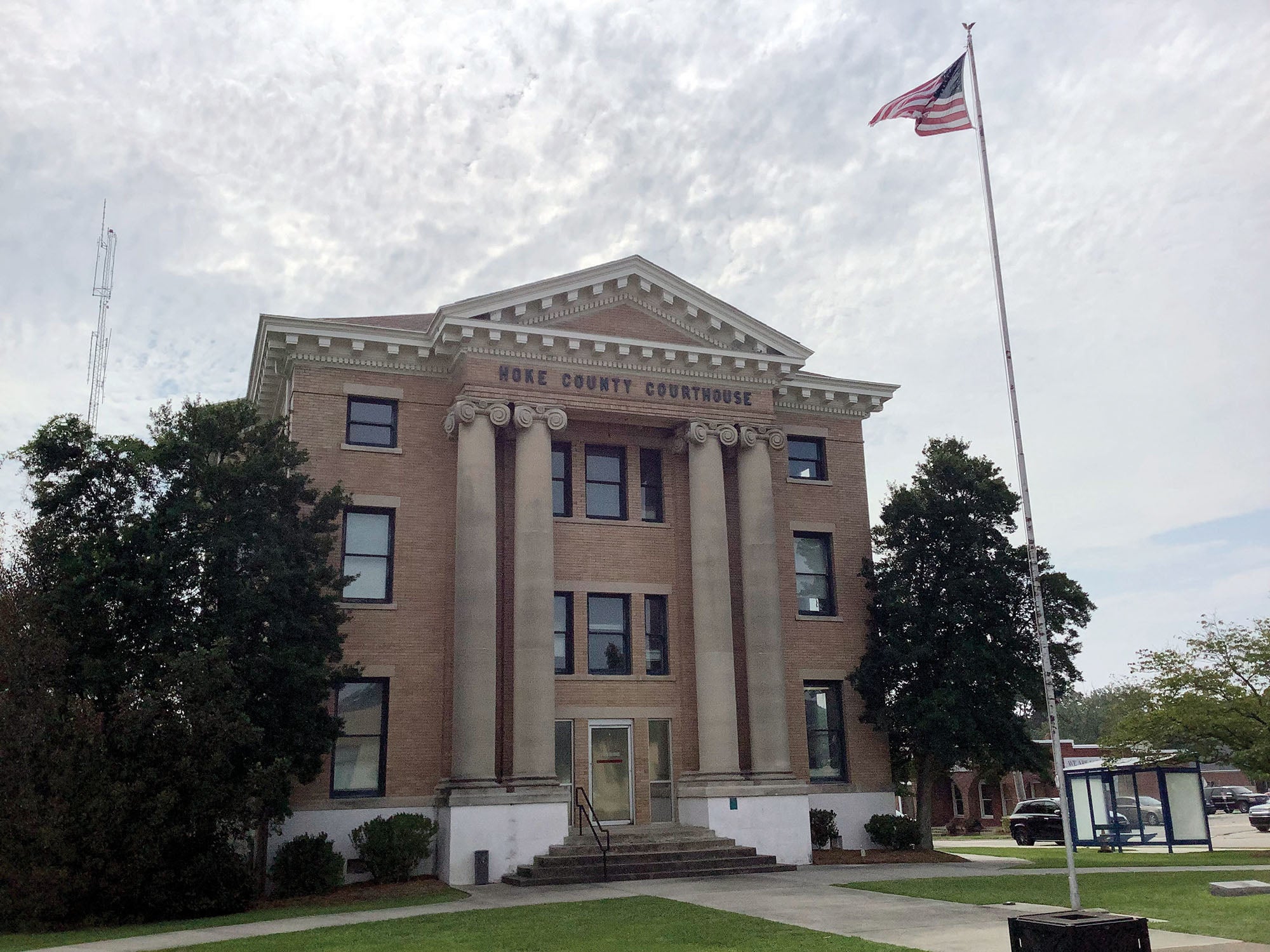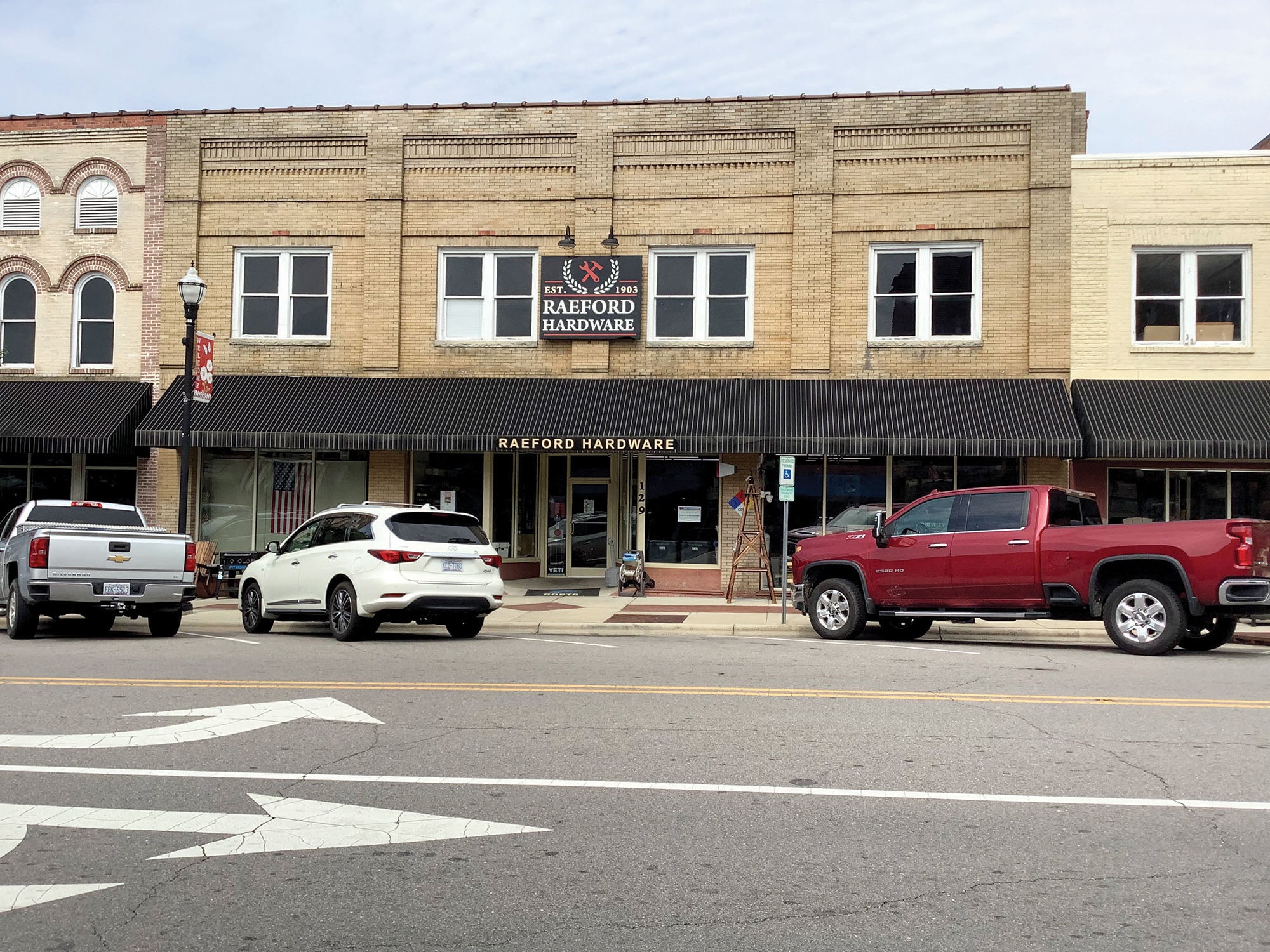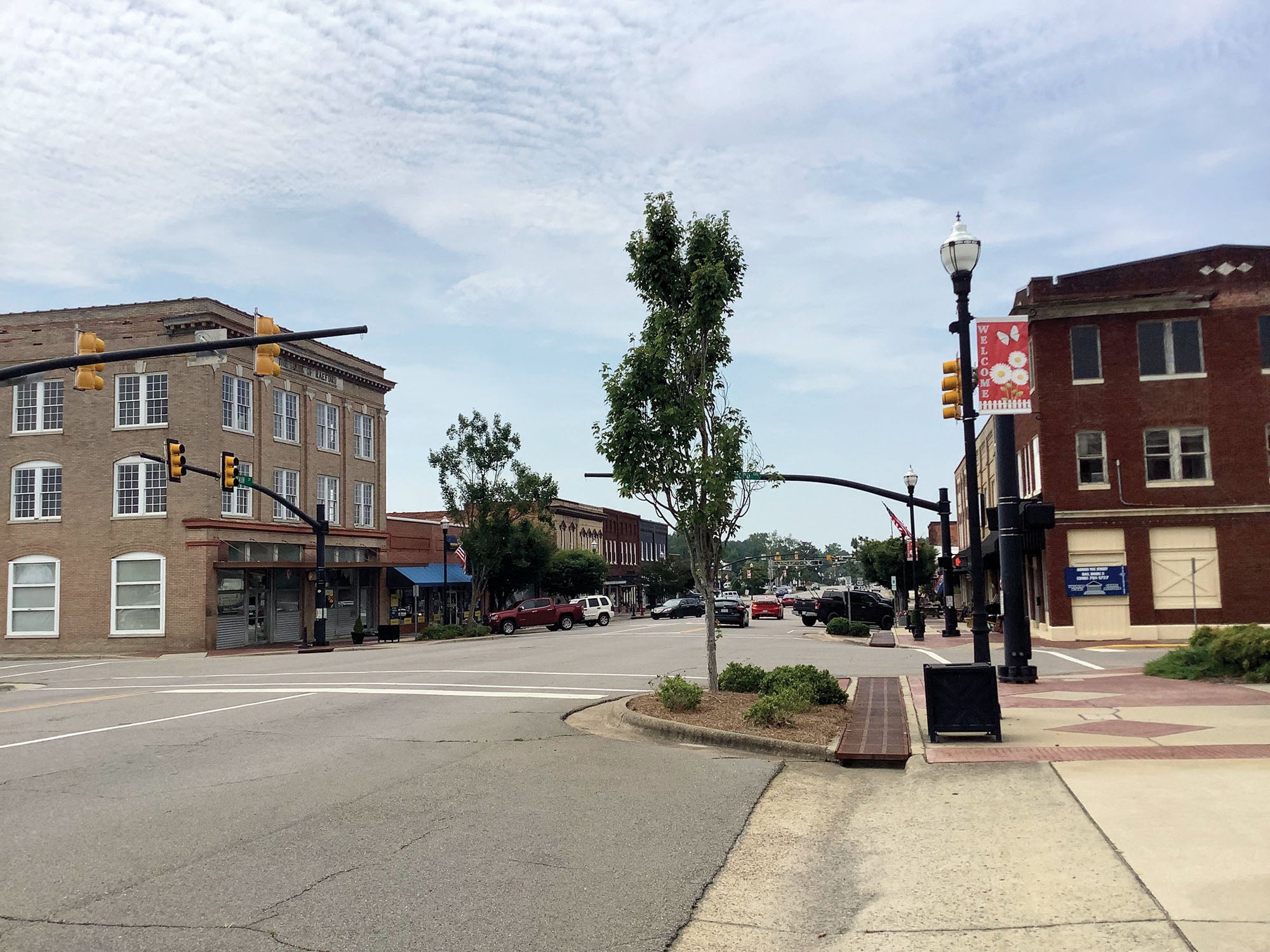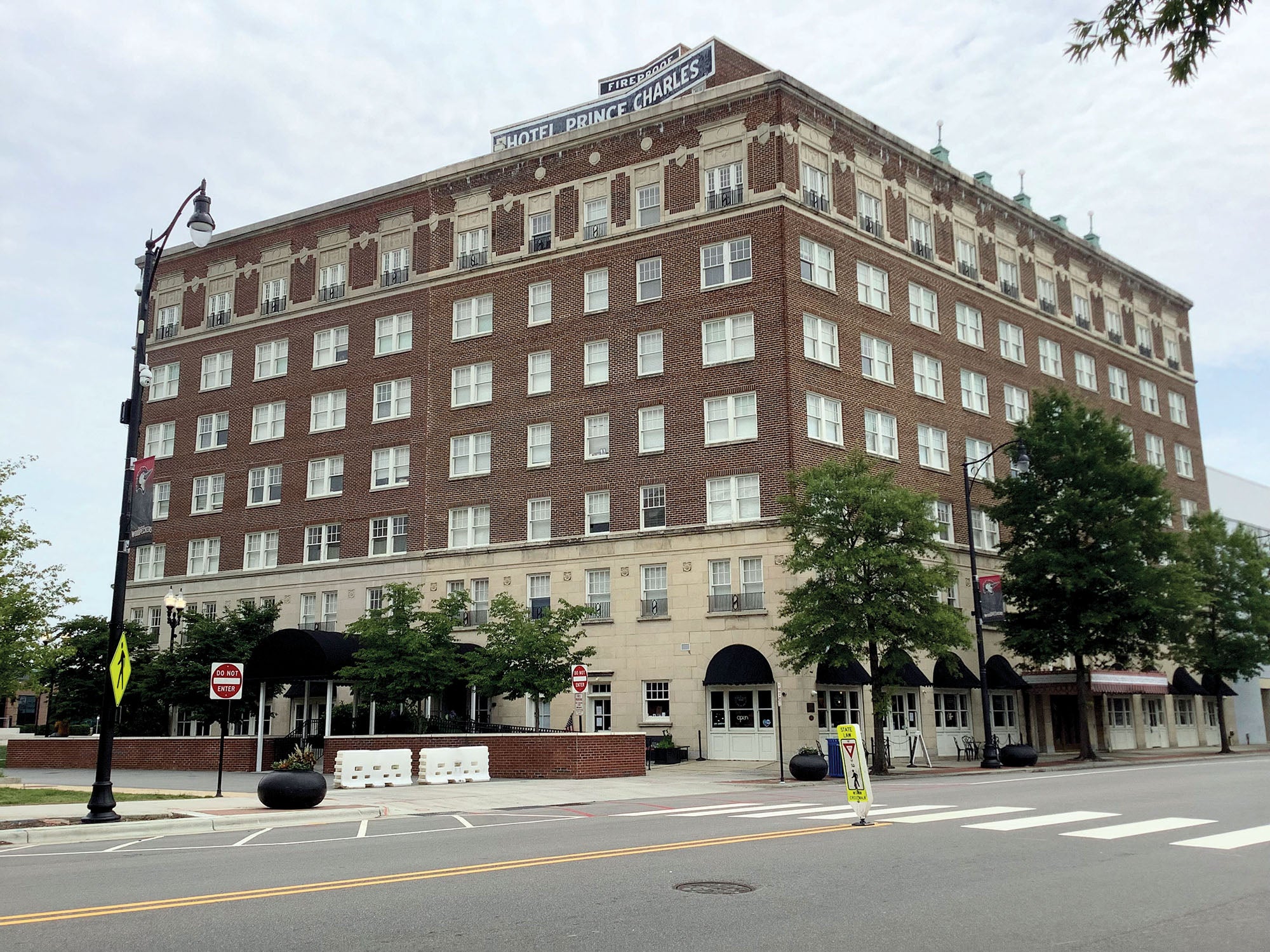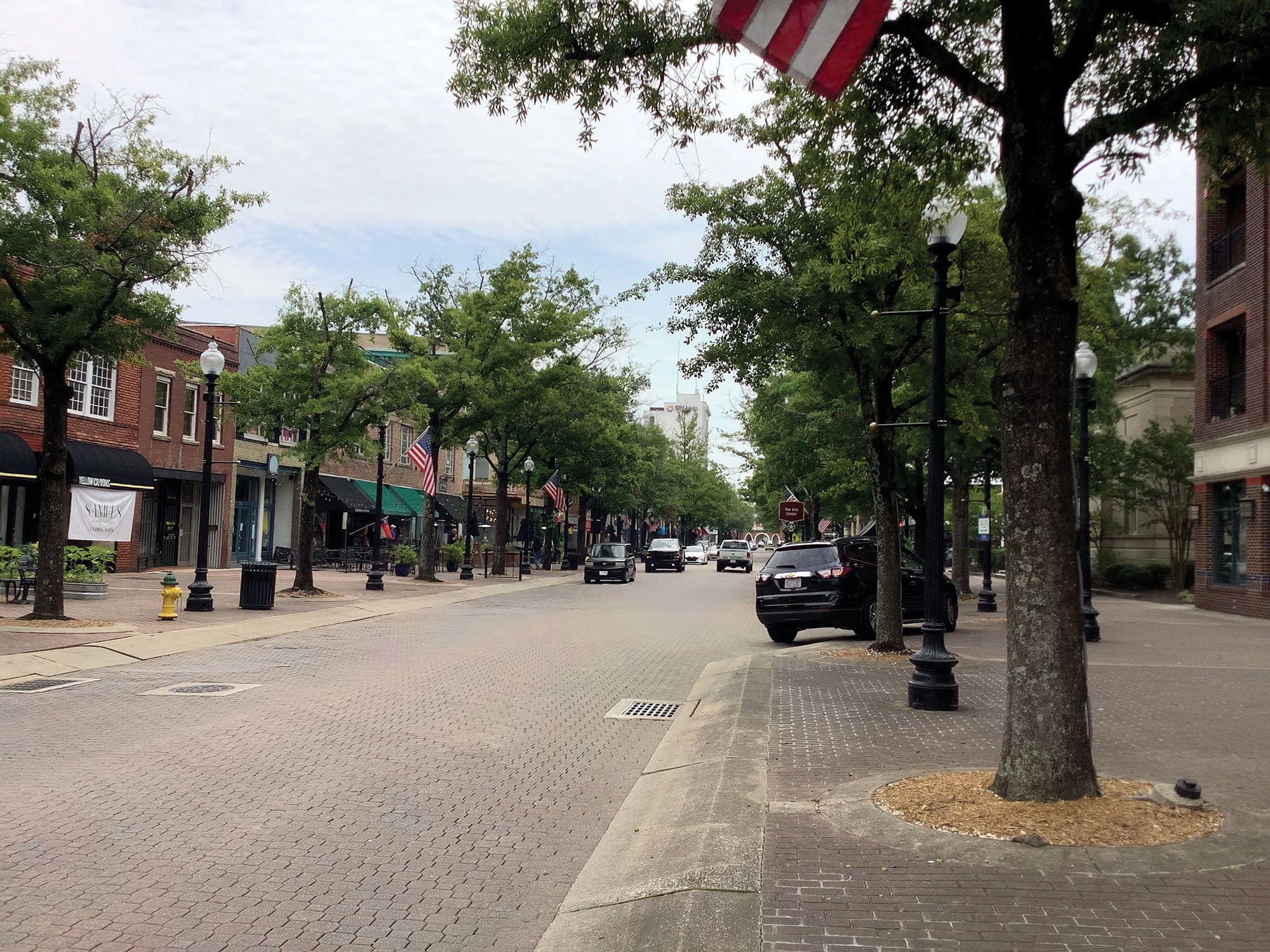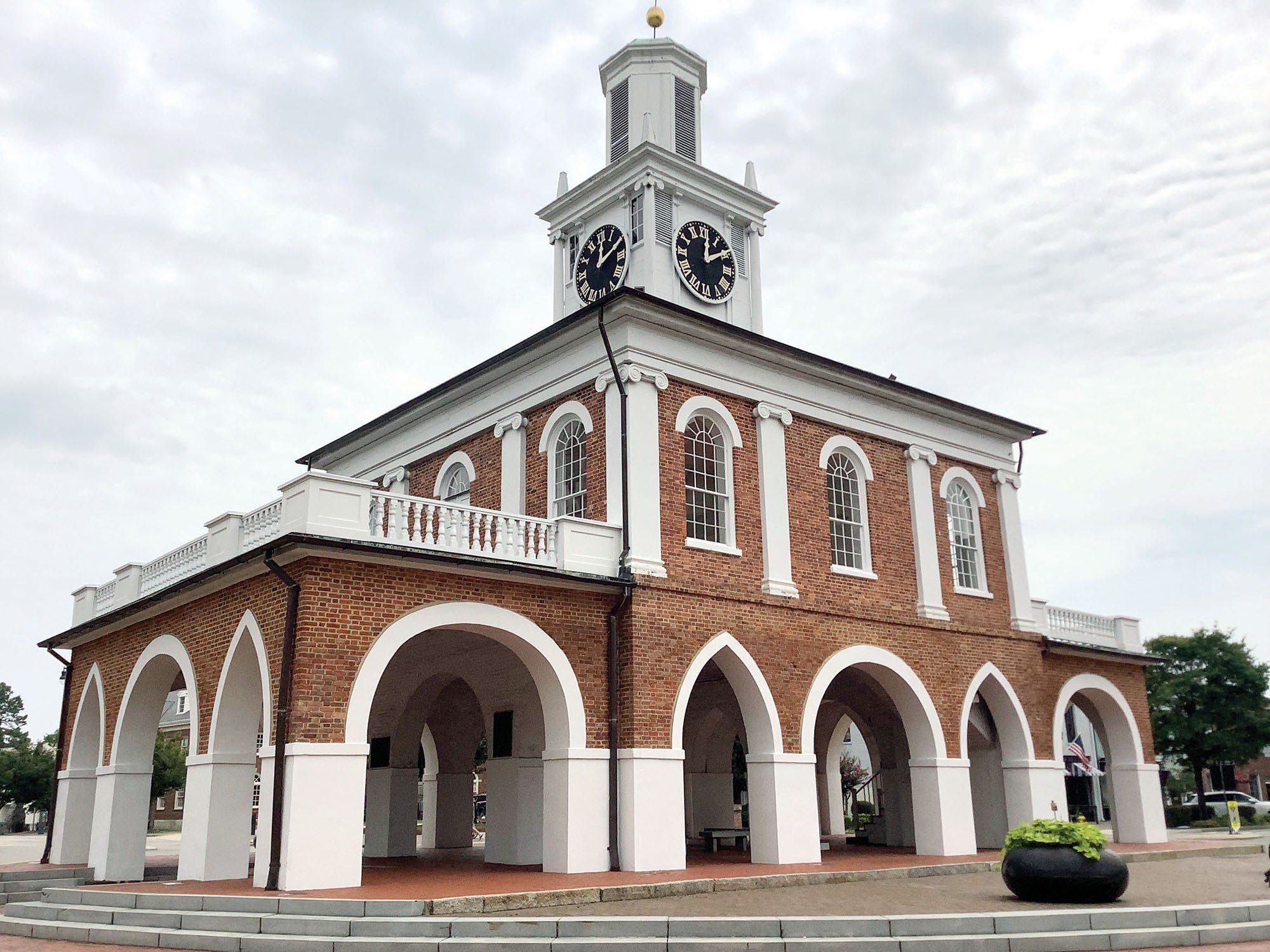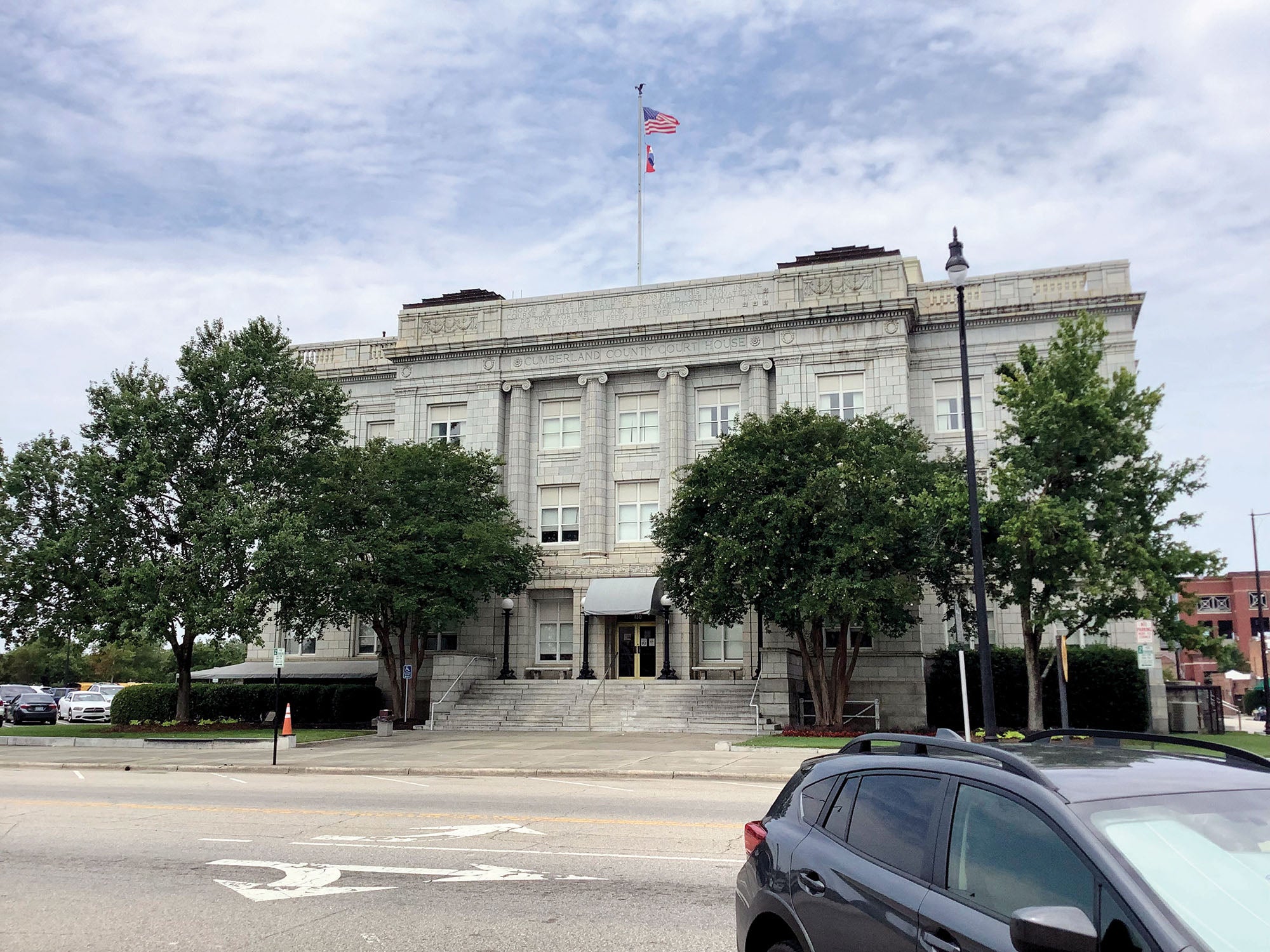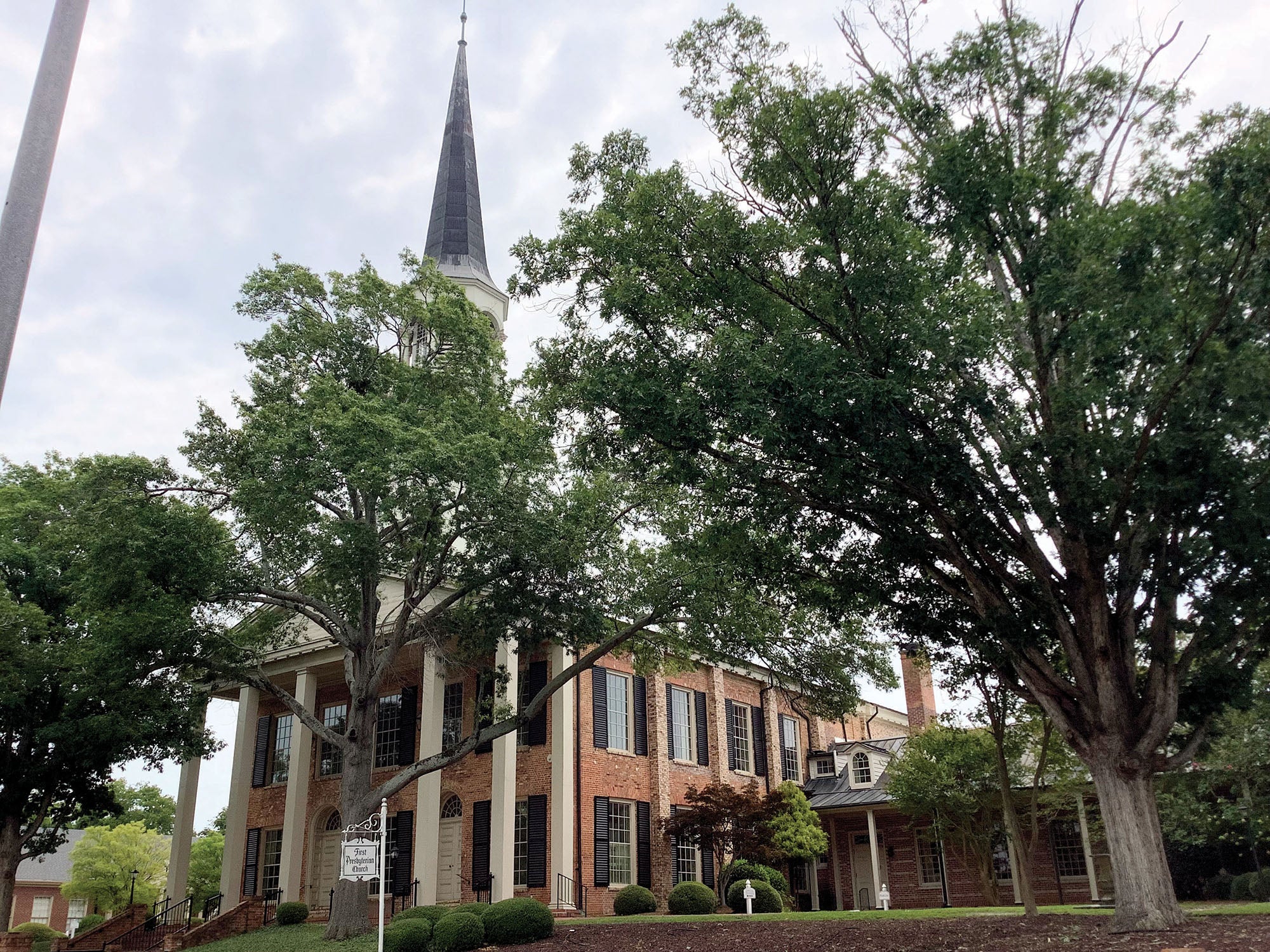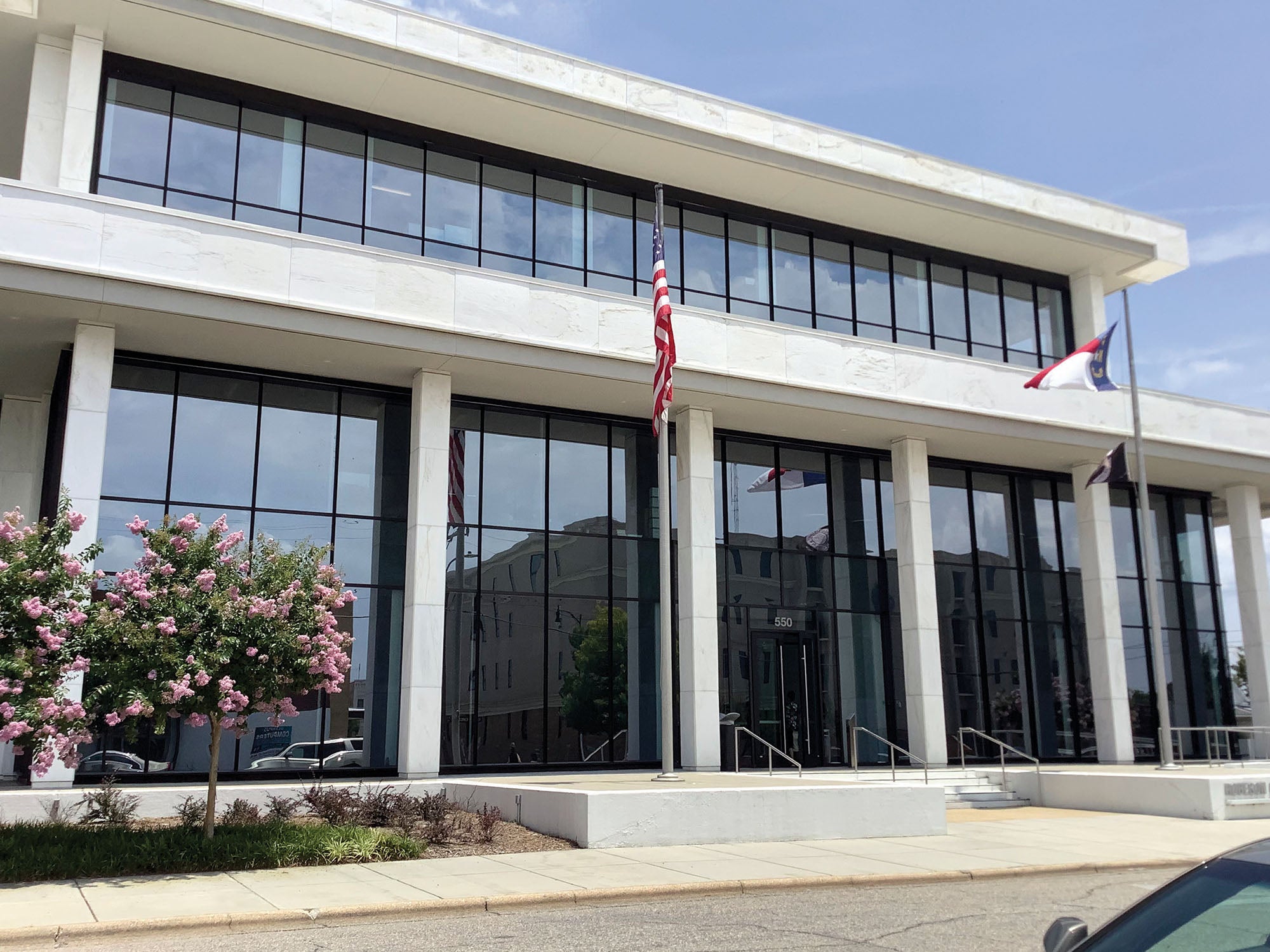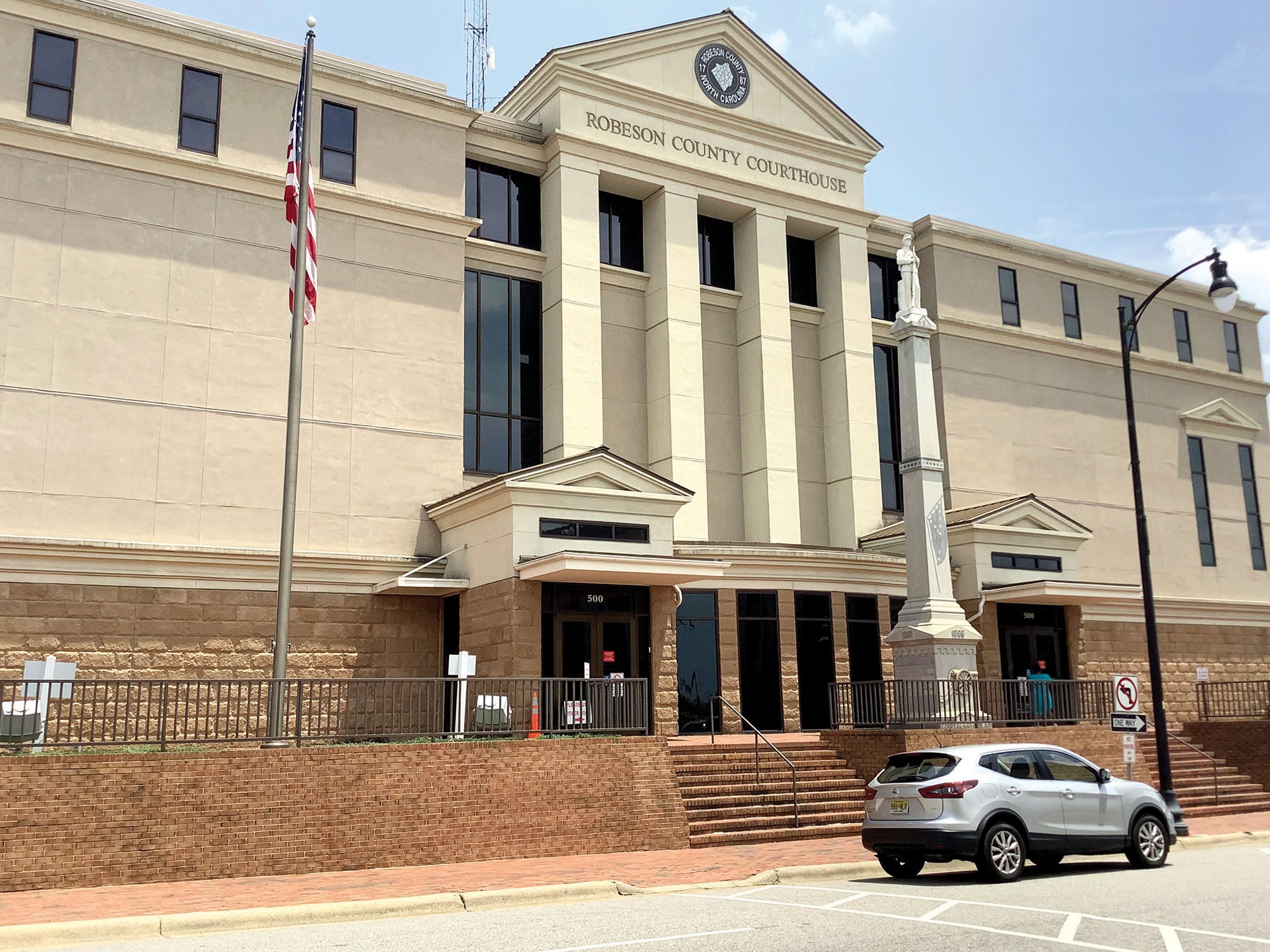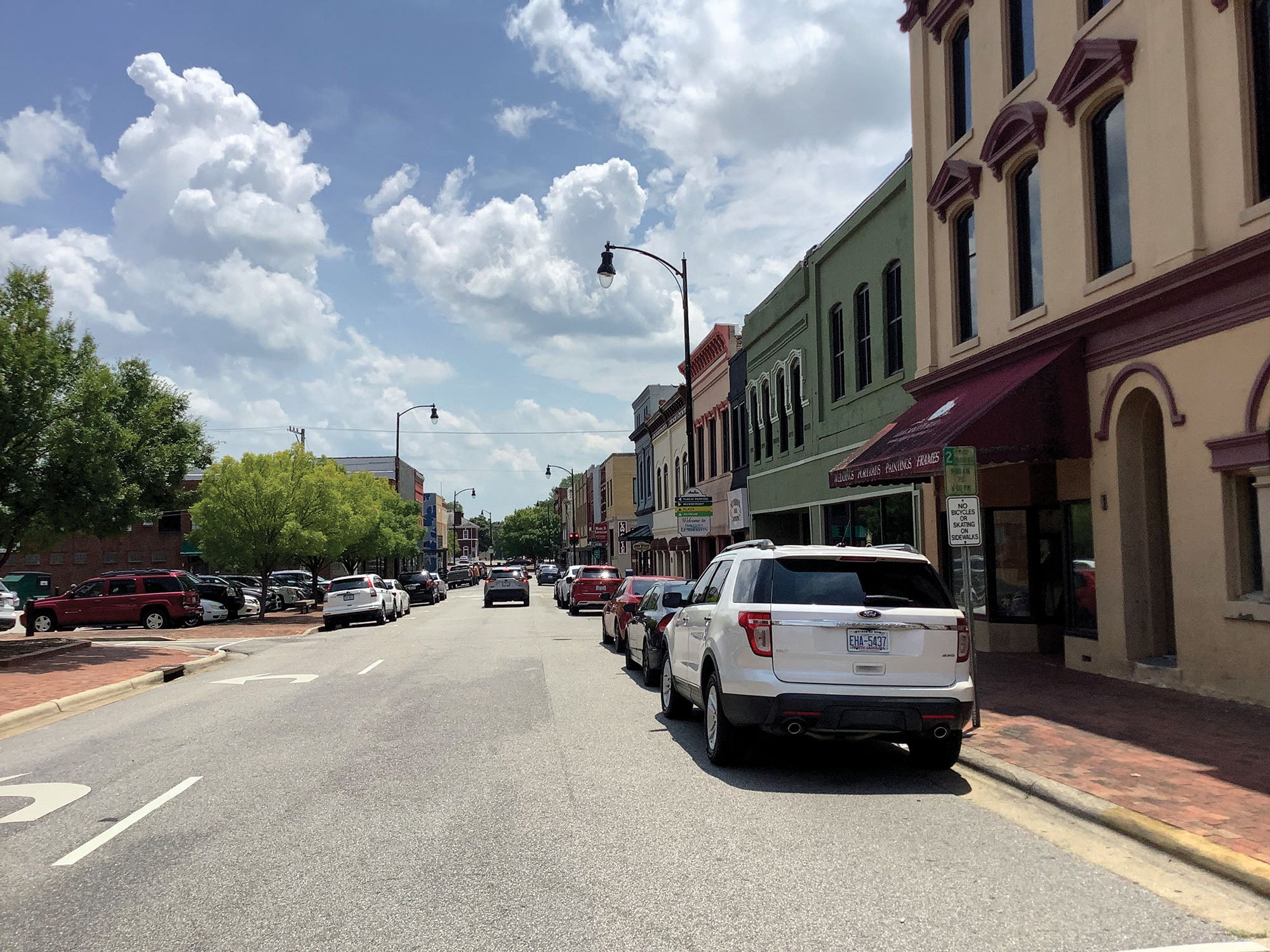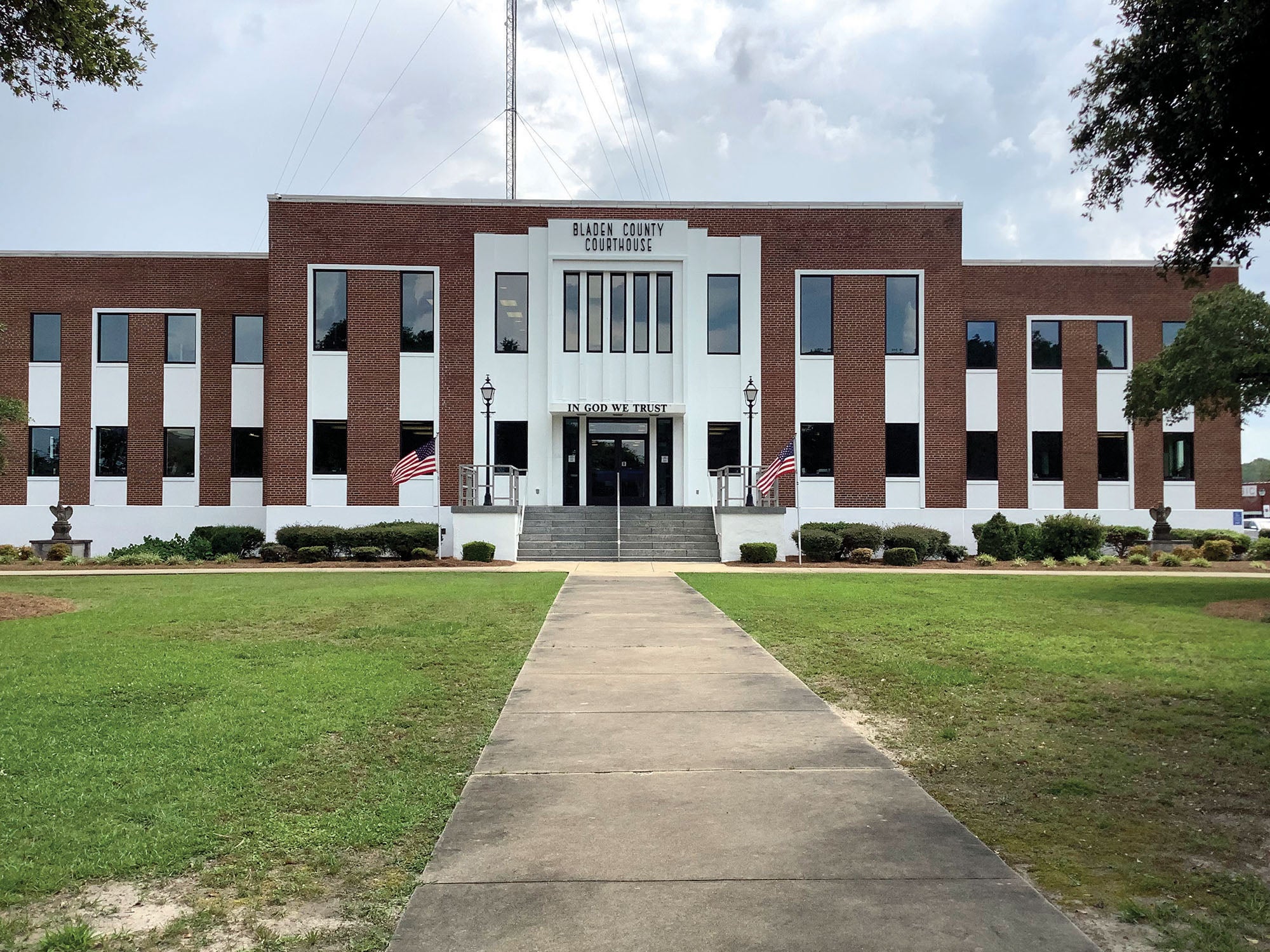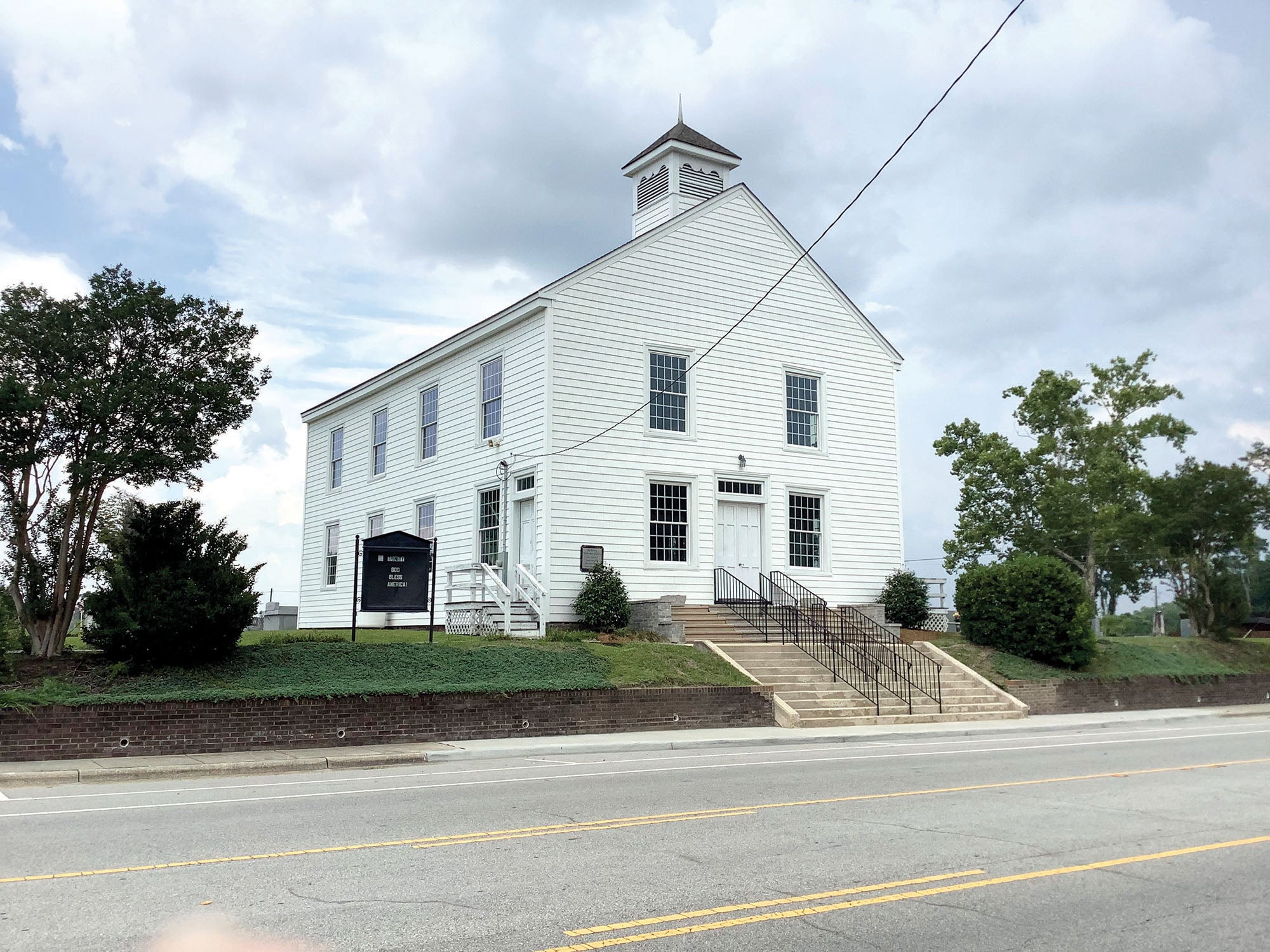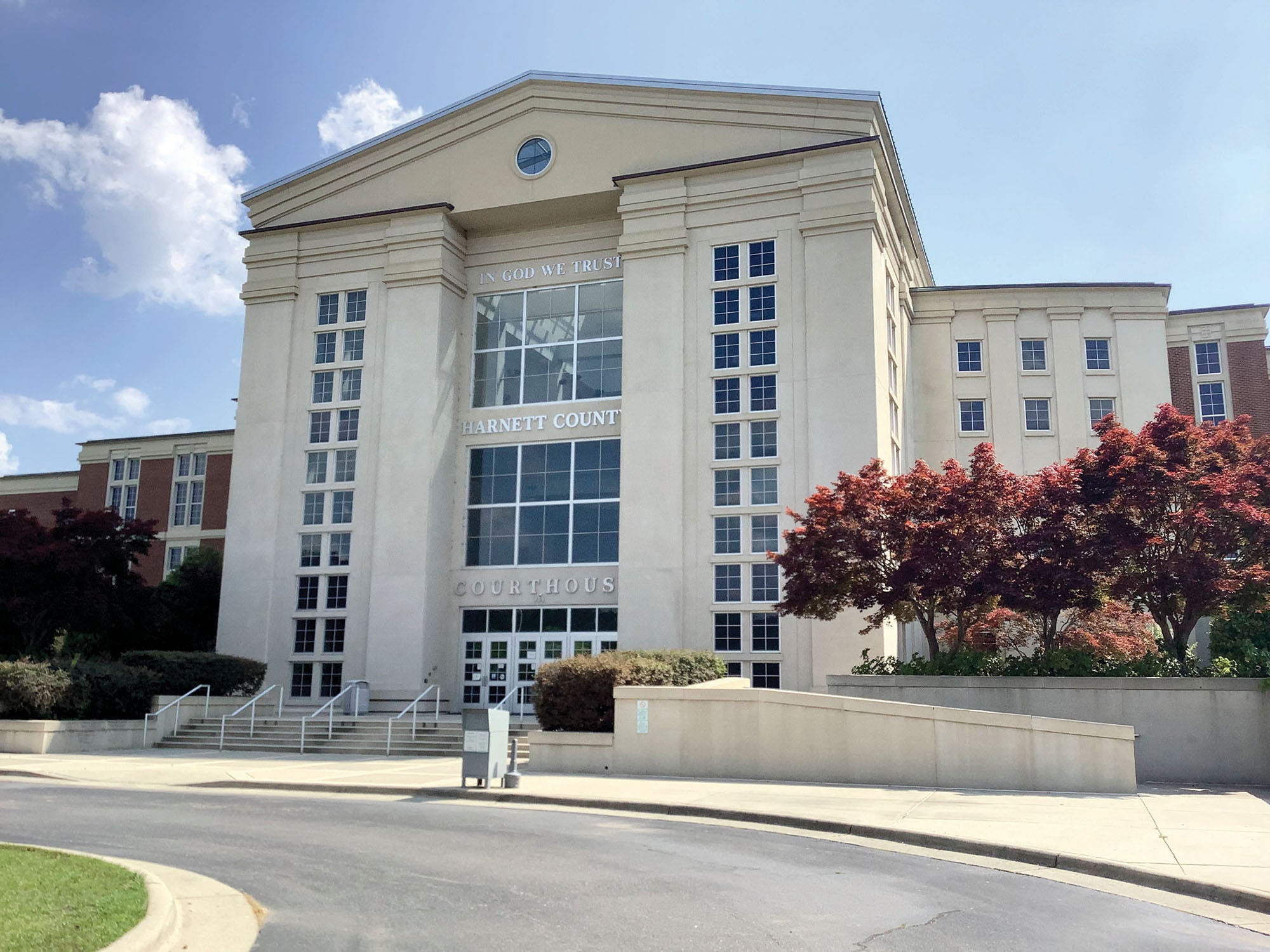DAVID FREEZE COLUMN: Lillington to Elizabethtown
Published 2:38 pm Tuesday, July 25, 2023


















|
Getting your Trinity Audio player ready...
|
Editor’s note: David Freeze is a runner, running coach and long-distance cyclist from China Grove in Rowan County. He is completing a challenge to run a few miles in every county seat in all 100 N.C. counties. Contact him at [email protected].
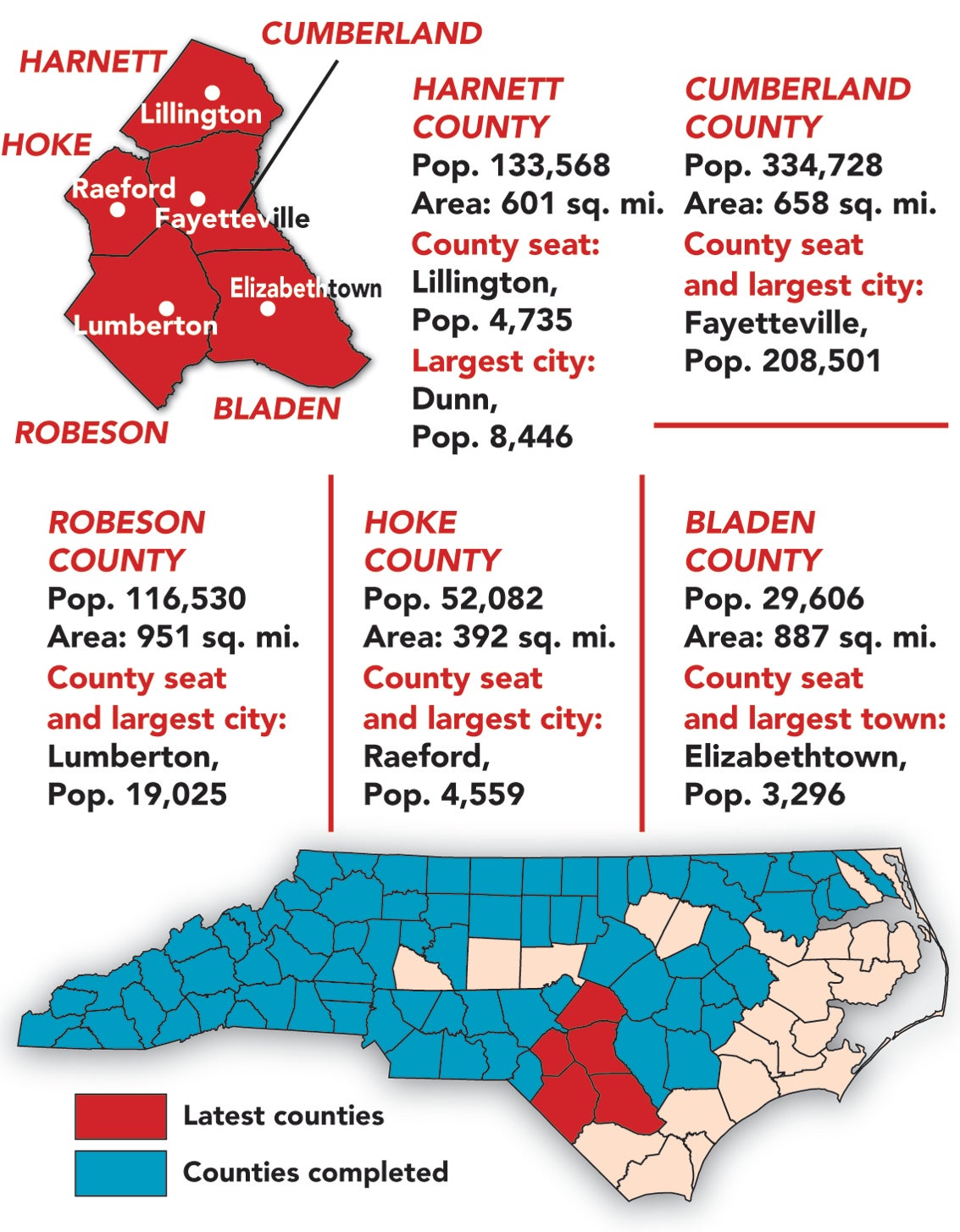
Leftover from my last trip as we ran out of print space was Lillington, county seat of Harnett County. A post office called Lillington has been in operation since 1874. The town was originally called Harnett Court House but was then chartered by the State of North Carolina on March 4, 1903.

David Freeze
Trending
Lillington is named for John Alexander Lillington who was an officer from North Carolina in the American Revolutionary War, fighting in the Battle of Moore’s Creek Bridge in 1776 and serving as brigadier general in the state militia.
Lillington is on the Cape Fear River and has a new Harnett County Courthouse. Campbell University is adjacent to the town.
My first stop on July 3 was Raeford, county seat of Hoke County, N.C.’s 99th county. Raeford was granted a U.S. Post Office on Aug. 11, 1885, when it was still in Cumberland County.
There were no paved roads and the economy was strictly based on cotton. The men who operated the turpentine distillery and general store wanted the post office in their store for the convenience of the townspeople. In order to choose a name for the post office, they took a syllable from each of their names. One being John McRae, and one being A.A. Williford, and the town name became Raeford.
The only high school in the county became the Raeford Institute. Raeford was originally settled on the site of an old cotton field with those few families who had settled there making up the population in 1898.
In 1899, the Aberdeen & Rockfish Railroad was extended to the present-day Raeford. When the first train came down the track, teachers let the children from the institute walk through the woods to meet the train.
Raeford, chartered in 1901, was composed almost exclusively of people who had moved to the community in the interest of their children obtaining a better education. Today’s Raeford has the 1912 Hoke County Courthouse and is located about 22 miles from Fort Liberty (formerly Bragg).
My next stop was Fayetteville, county seat of Cumberland County. In 1783, Cross Creek and Campbellton joined together and the new town was incorporated as Fayetteville in honor of Gilbert du Motier, Marquis de Lafayette, the French military hero who aided the American forces during the Revolutionary War.
Fayetteville was the first city to be named in his honor in the United States. Lafayette visited the city March 4-5, 1825, during his tour of the United States.
After a devastating downtown fire in 1831 that consumed 600 buildings, the city built a Market House. The new building had a covered area under which business could be conducted since every store in Fayetteville had been destroyed in the fire. Completed in 1832, the Market House became both the town’s and county’s administrative building until other buildings could be replaced.
Gen. Sherman’s Union Army entered Fayetteville on March 11, 1865, where a skirmish occurred near the Market House. On the site of Ft. Liberty, the last all-cavalry battle of the war occurred at Monroe’s Crossing. Sherman’s army caused major destruction to the city.
Since the 1960s, Fayetteville has been one of the fastest growing cities in the state. Fort Liberty, with about 57,000 soldiers and 14,000 support personnel, provides a major boost to the local economy.
The downtown portion of Fayetteville was really cool with historic buildings, the train depot, restaurants and shops. The modern Cumberland County Courthouse is just a block away from the previous one, built in 1926. The 1923 Hotel Prince Charles, after a long list of owners, has recently reopened as The Residences at the Prince Charles with two original rooms combined into one apartment. Parking was easy with lots of marked places on the street. So easy that I got my first parking ticket, one that I will appeal. Not a meter or sign in sight and I only was gone from my truck for 50 minutes.
Lumberton, county seat of Robeson County, was my next stop. Located in southern North Carolina’s Inner Banks region, Lumberton is on the Lumber River and is named for it. It was founded in 1787 by John Willis, an officer in the American Revolution who owned land nearby. Developed as a shipping point for lumber used by the Navy, logs were guided downriver to Georgetown, South Carolina.
Lumberton was formally created by an act of the North Carolina General Assembly on Nov. 3, 1788, which granted the town a charter and the power to levy taxes. Most of the town’s growth happened after World War II.
Robeson County was impacted by Hurricanes Matthew in 2016 and Florence in 2018, which broke the flooding record. As a result of extensive damage to homes, entire streets in south and west Lumberton were left abandoned.
Luther Britt Park has 143 acres for outdoor recreation and Lumberton has the annual Lumbee Indian Homecoming each July. The Robeson County Courthouse is modern, built in 1987.
Then it was on to Elizabethtown, county seat of Bladen County. Established in 1773, the town is currently celebrating its 250th year with several events. No one is sure of the town’s namesake.
The most famous resident is Lt. Col. Brown, a former NASA astronaut and retired United States Air Force colonel. He participated in six space missions and the airport, the Curtis L. Brown Jr. Field Airport, is named in his honor.
The Battle of Elizabethtown took place in town during the Revolutionary War on Sept. 29, 1781, when a small force of about 60 patriots defeated roughly 300 Tories. The Tory Hole Battleground has a marker denoting the battle.
While I was there, rain threatened but never got serious. A large townwide sidewalk sale was in progress and drew plenty of pedestrian traffic. I stopped for a couple of pastries at Burney’s Sweets and More before leaving this friendly town.
Five more counties done for a total of 79, with 21 to go. See you next week.


